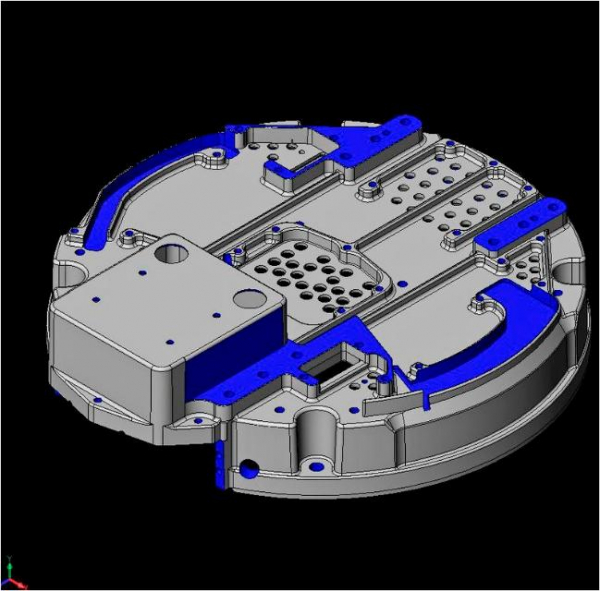
Effective die casting can produce thousands of high-quality molded casts in a relatively short amount of time while utilizing a single mold. This highly economical and cost-effective approach to die casting mold design can produce casts with uniform quality and high degrees of accuracy. Die casting mold development provides premium quality, near “net shape” parts at a price point that is extremely cost-effective.
The machining process of die-cast parts must be considered well before any order for the tooling is released. A careful evaluation of machined requirements can lead to redesign for net shape die-casting or near-net shape with a reduced number of operations.

Die casting is an automated casting process in which liquid metal is pressed into a mold under extreme pressure at a high rate of speed. This casting process is highly suitable for mass production of components and is generally used with alloys that have a lower melting point. Since permanent metal molds are utilized for the die casting mold process, it is possible to produce large and complex components with low wall thicknesses.
The molds that are utilized within the die casting mold design process are constructed from premium, heat-resistant steel grades. The molds are halved to form a cavity into which the liquid metal is pressed during the casting process. A die casting mold is so strong, over a million parts can generally be created with a single mold. However, the actual life of the mold will solely depend on the die casting materials that are used.
Die casting utilizes non-ferrous metals (such as alloys of aluminum or zinc) to manufacture components. The chosen alloy for an application depends on budget, weight, and material properties. Other benefits associated with the use of die casting mold design, include:
When it comes to high quality die casting mold development there are several influences that contribute to the overall success of the process. These factors include the following:
Some of the additional factors that should be considered before starting a die casting mold development project include the following:








